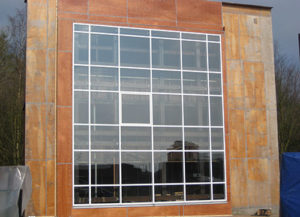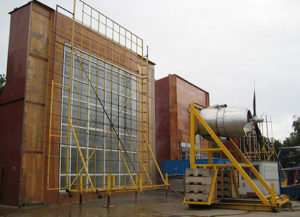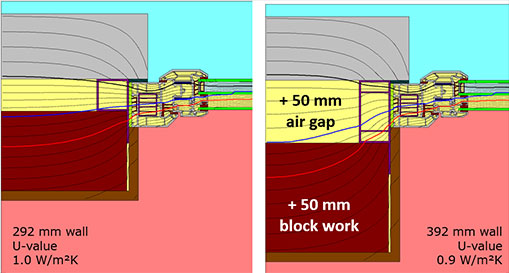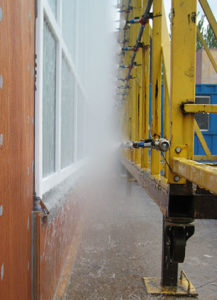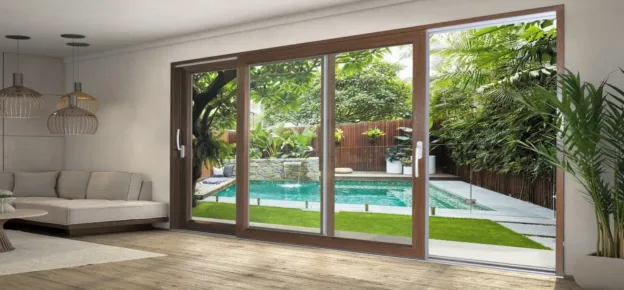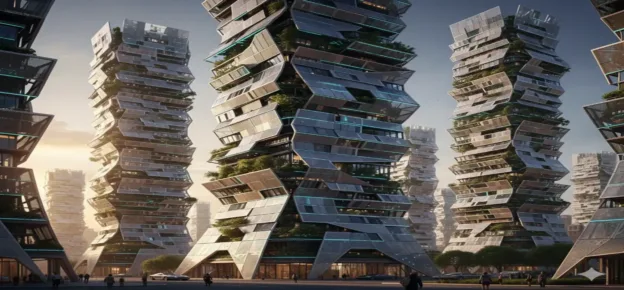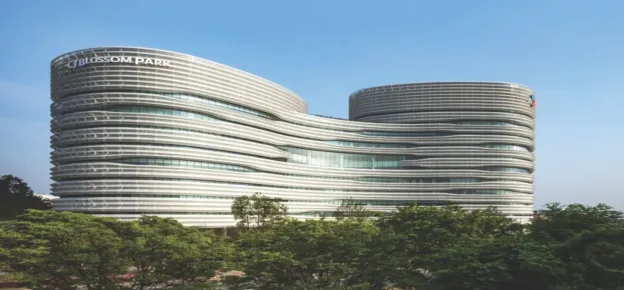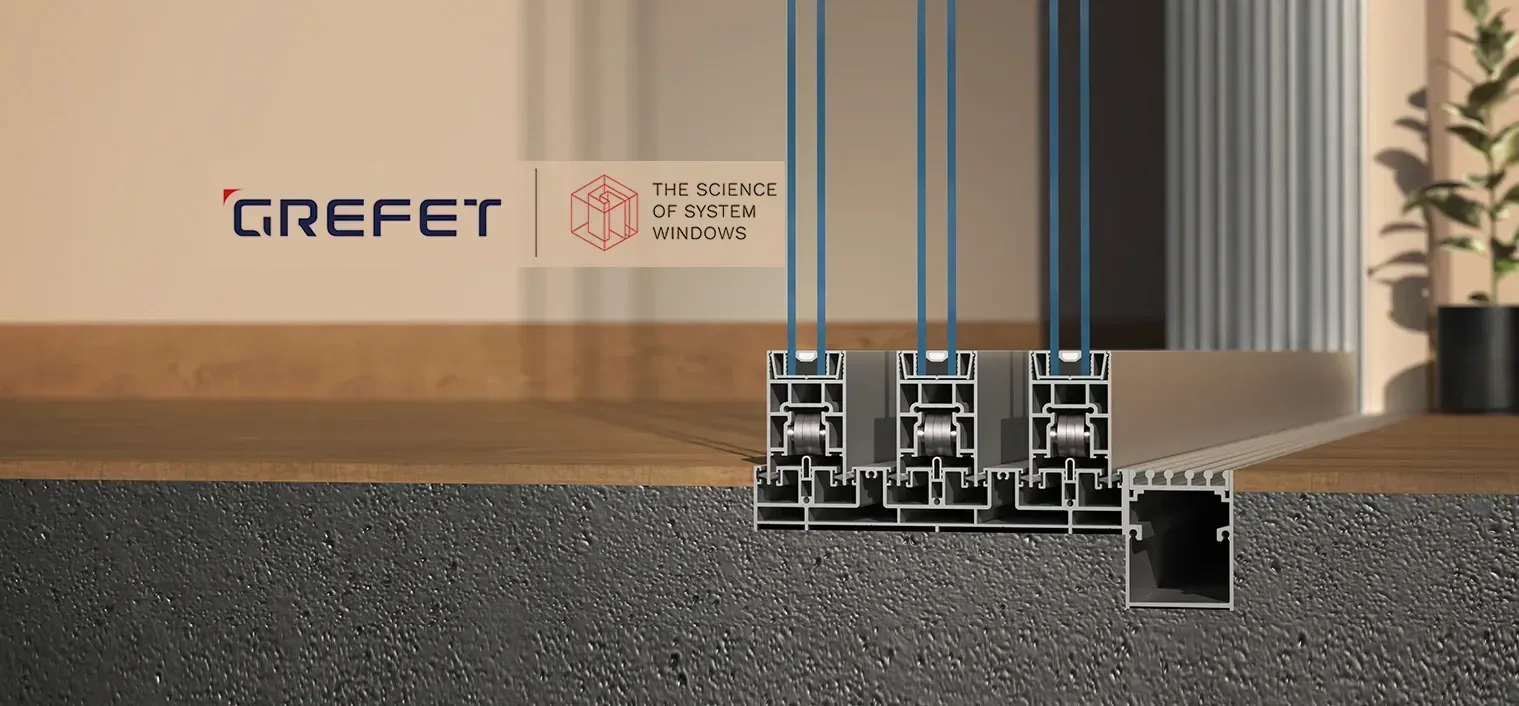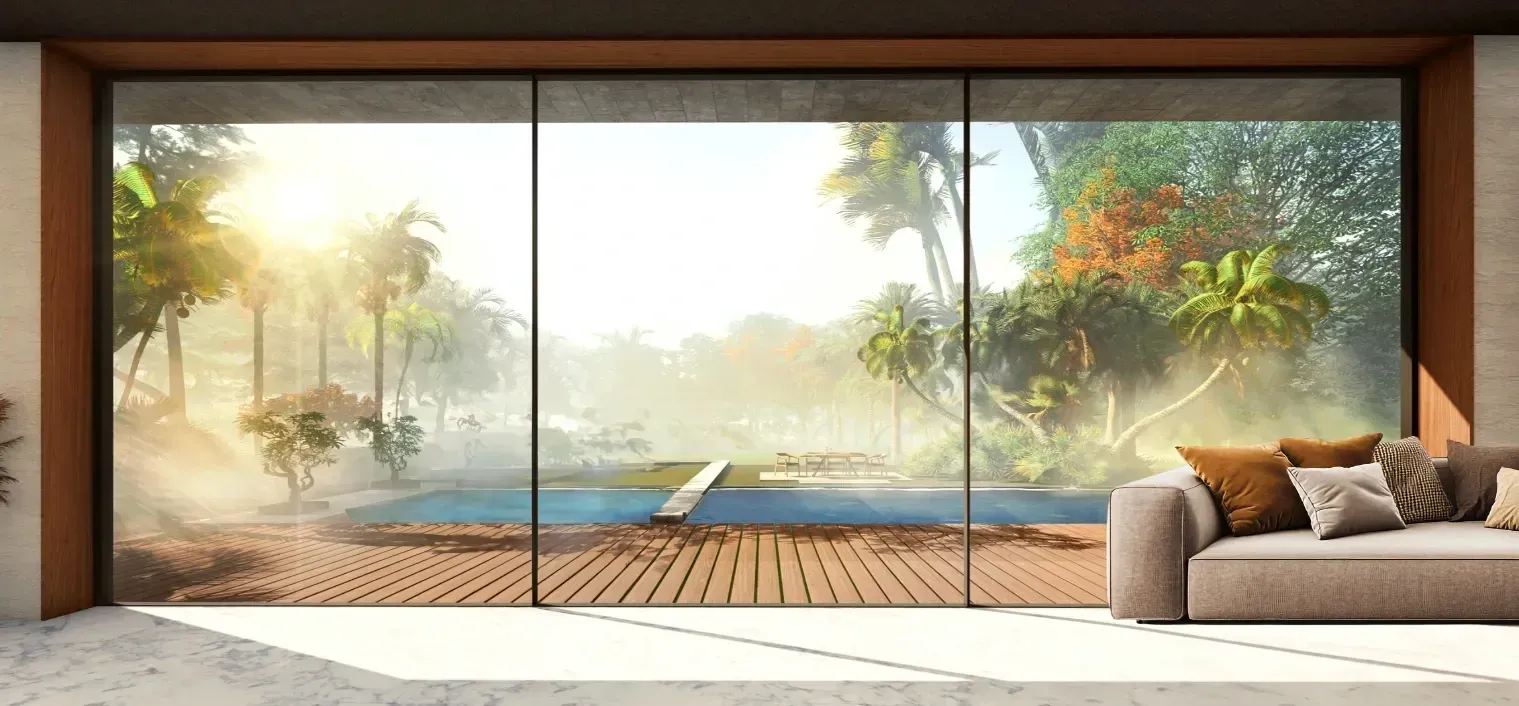What is meant by a Sustainable and Efficient Fenestration? What are the characteristics and key features of sustainable façades and fenestration?
Ideally, all fenestration should have a small carbon footprint when processed and/or manufactured; should use renewable energy; should not be wasteful with raw material resources; should have a similar life cycle as the whole building envelope; should be fully recyclable and should provide a contribution towards energy and carbon dioxide reduction.
In addition, the latest state-of-the-art fenestration should be ergonomically in operation, especially for the ageing population; safe and secure in use; offer optionally traditional or modern appearance and should be, more importantly, cost effective!
Complying with those desired attributes is a tall order for any of the known fenestration materials. The industry has not found the ‘perfect’ frame material yet that ticks all those boxes. Choosing the appropriate or most suitable fenestration solution in terms of frame material and glass will always depend on the actual application.
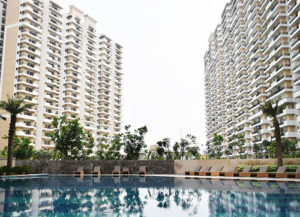
For example: You will not find any curtain walling screens or glass façades in uPVC and hardwood nor will you find 20-feet wide by 10-feet high, heavy duty patio doors made from galvanised or painted steel, although steel is undoubtedly the strongest frame material around. Curtain walling or glass façade designers had to accept that steel is stronger, but aluminium is more formable, has a reasonable strength, and is easily workable in manufacture and extremely durable in long-term use.
Knowledge of some of the inherent material deficiencies, will help architects and fenestration designers to successfully overcome those limitations by changing design parameters to play to the strength of their chosen material combination.
Design Tools For Planning Efficient & Optimal Fenestration
Curtain Wall Test : Screen Size 7.2m x 8.0m
CAD knowledge is absolutely essential in fenestration design. It is a fair assumption that 99 per cent of all potential issues or faults can be eliminated by drawing and calculation. The remaining 1 per cent is probably the ‘unknown’ like material incompatibility; undetected survey issues and the usual clash of component tolerances. During my studies, I calculated, drew and presented proudly a gear box design which was reviewed highly critical because of my tight component tolerances. The examining professor did not lecture me, but told me only a story: “In World War Two, the Russian Kalashnikov machine gun was the perfect example of providing correct tolerances to vital components! The machine gun worked in all climatic conditions, be it in temperatures well below freezing or being in a hot climate, covered in mud or dust, or submerged in water and so on! The only disadvantage was that the soldiers had to cover the gun in a blanket to dampen the rattling noise whilst trying silently to attack the enemy, but in your case, no one would carry your gear-box around…”
Curtain Wall Air Permeability Test
Today’s advancement in technology helps to establish the best and most suitable frame and glass combination by simulation and calculation. New project related components can be prototyped by means of utilising 3D printer technology, helping to establish appearance, fit and function. The required weather performance of big screens or façades can be pre-determined by testing representative, smaller screen/façade segments. The obtained results, when extrapolated, will provide an accurate performance indication for a whole tower block elevation. The use of environmental test chambers will assist in establishing component performance in changing climatic conditions; for example,the behavior of Structural Silicone Glazing (SSG) evaluated by accelerated climatic cyclic testing will provide the necessary confidence in materials and processing methods.
We are all impressed by the imposing appearance of a flight captain when he/she is passing by, but he/she learned to fly initially on a flight simulator, probably crashing several times whilst practising. The fenestration industry is also using modern technology and science to achieve the common aim in fenestration of “Getting it right first time!”… but not many people are aware of it!
Ensuring Energy Efficiency, Optimal Thermal Behaviour & Moisture Resistance
This is actually an easy challenge! Using specialised computer programmes, receiving in-depth training and being certified as a simulator, you can enter the amazing world of thermal simulation and calculation in accordance with ISO 10077 Part 1 and Part 2.
Cavity Wall U-value Reduction by ‘ONLY’ 0.1 and The
Consequences
For most people, this subject is utterly boring, but for me it is fascinating. It is like getting a faster lap time in a Formula 1 car. You should see the joy, the proudness and the excitement when the lap time was two tenths of a second faster!!! The same happens when you can reduce the whole frame U-value (window, door or curtain wall segment) by a staggering 0.1 W/ m2K (point ONE).
Technicians work with decimal points whilst finance people only look at the overall picture. At one of our UK board meetings, I presented proudly a 0.1 window U-value reduction and the finance director merely replied, “Only point one?”
Curtain Wall Water Tightness Test
Anyway, you can predict where the condensation or moisture intake will occur by attaching, for example, a high performance frame to a concrete aperture, you can highlight that a small bead of silicone sealant is not sufficient enough to improve heat insulation properties of the aperture/frame joint design and you can proof conclusively that in future Indian construction industry may need to change to cavity walls and double glazing, helping to achieve the CO2 reduction goal as set out by the Indian government.
Today’s fenestration can match any U-value, sound reduction and shading requirement by changing components within the fenestration system, be it the frame design, the glass type, or the double-glazing spacer bar even the change of secondary sealant within a double glazing unit will make a difference!


